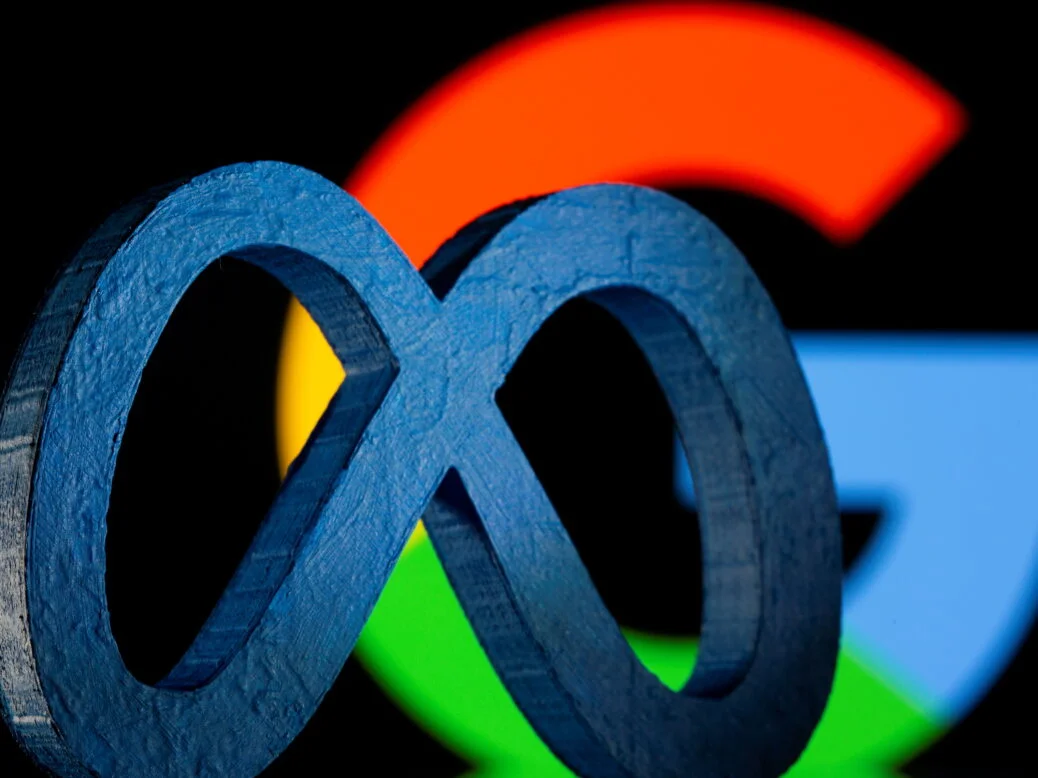More people in the UK now access news online than on television, according to new survey data from the media regulator, Ofcom. This is the first time Ofcom’s annual news consumption poll found online media use ahead of TV news.
The immediate press reaction to the survey suggested television is in terminal decline, with online media replacing TV news. Ofcom itself pitted one format against another by declaring in the study’s headline: “TV loses its crown as main source for news.”
Yet rather than the survey reflecting a “generational shift” in audience behaviour, the truth is it has been going on for decades.
📺 TV loses its top spot as the main place for news, as online sites catch-up.
— Ofcom (@Ofcom) September 10, 2024
Our latest research dives into how the nation gets its news. Here's how the top ten most used news sources compare.
Learn more: https://t.co/Y6mt275Auo pic.twitter.com/Lxe2tXyifG
The rise of smartphones has fuelled more consumption of news directly on apps, including social media. This is part of a broader trend in how media has permeated our lives. Where once people slept more than they used media, today they spend more time – estimated at well over eight hours per day – consuming a wide of range of new and old media.
But as opposed to greater online media consumption signalling the death of television news, the box in the corner has proved highly resilient. In 2024, Ofcom’s survey showed 70% of people said they used TV to access news, a fall of just 5% since 2019. By contrast, two-thirds of respondents used online media to access news five years ago, compared with 71% in the latest survey.
The numbers suggest that many people have not given up on TV news, but rather have gone online in addition to watching television. The concept of “dual screening” – simultaneously watching television while tweeting views on political events or scrolling social media – has been around for years.
In the first ever televised UK leaders’ election debate in 2010, a quarter of young people in a survey revealed they had posted election-related comments on Facebook and Twitter while watching the debate. This shows that, for some time now, watching TV or scrolling through social media platforms is not just about consuming media, but about participating in a shared conversation.
The shift towards online news use is far greater among younger than older age groups. But suggestions that young people are collectively turning away from traditional media in favour of relying exclusively on TikTok can be misleading.
Often, what they are consuming – even on newer platforms – is still produced and posted by traditional media.
For example, it is estimated that half of the BBC’s young audiences accessed election coverage through social media. This could be anything from 30-second videos to longer explainers of topics in the news.
Six out of the ten biggest news sources for 12 to 15-year-olds are social media platforms. + more insights from latest report into news consumption in the UK https://t.co/JNhwsUl18z pic.twitter.com/gsG9Hqinnf
— Press Gazette (@pressgazette) September 10, 2024
Trustworthy sources at critical moments
Ofcom’s research also shows television’s influence at critical points in time. Another survey conducted by the regulator found that television was the most popular way people consumed news and information during the 2024 UK general election.
During the pandemic, surveys consistently showed a majority of people turned to television to understand the latest guidance. In the opening weeks of the health crisis, the BBC News at Six and Ten were together attracting 20 million viewers per week. At the same time, people questioned the credibility of online and social media sources.
During the start of the pandemic, our research at Cardiff University examined people’s news diets. We found almost all participants trusted and valued broadcasters’ impartiality, including their online and social media coverage. Again, this tells us that people are using online formats to access the same, traditional sources of media.
Much of the reaction to Ofcom’s recent survey has conflated a rise in online news with the public being more exposed to conspiracy theory websites, or false and misleading disinformation from social media.
Many people have invested their trust in broadcasters’ online news services. But, in doing so, they may be more likely to encounter false or misleading information when scrolling through social media sites.
Ofcom’s survey found that audiences ranked TV, radio and public service media generally the highest in terms of trust, accuracy and usefulness. This shows how important broadcast media still is, despite the shift in people accessing news online and being exposed to unregulated sources across social media platforms.
Content from our partners
Changing habits
This is not to say that people’s engagement and trust in news is not changing. Ofcom’s election survey revealed that the oldest respondents were more likely to turn to news providers and official sources to help them make decisions about where to cast their vote. On the other hand, 18- to 24-year-olds relied more on the opinions of those around them.
Such disparity hints at different generational perceptions of authority. This was also the case for Reform and Green Party voters, suggesting that the more ideologically distant respondents were from the mainstream political consensus – from either a right- or left-wing perspective – the more they distrusted traditional media.

Moving forward, Ofcom has promised to review public service broadcasters’ news output, particularly what they produce and share online.
This review appears to be more focused on audience perceptions than the nature of journalism produced. But without interpreting the editorial value of news, it will prove difficult to make judgments about how public service broadcasters inform people’s understanding of the world online.
In my view, we need more research examining the editorial content of public service media – to assess what kind of information and analysis they are producing for audiences across social media platforms and online news sites.
Stephen Cushion, Chair Professor, Cardiff School of Journalism, Media and Culture, Cardiff University.
This article is republished from The Conversation under a Creative Commons license. Read the original article.












